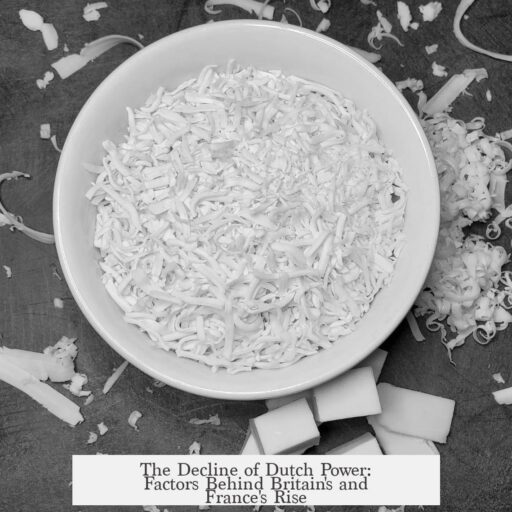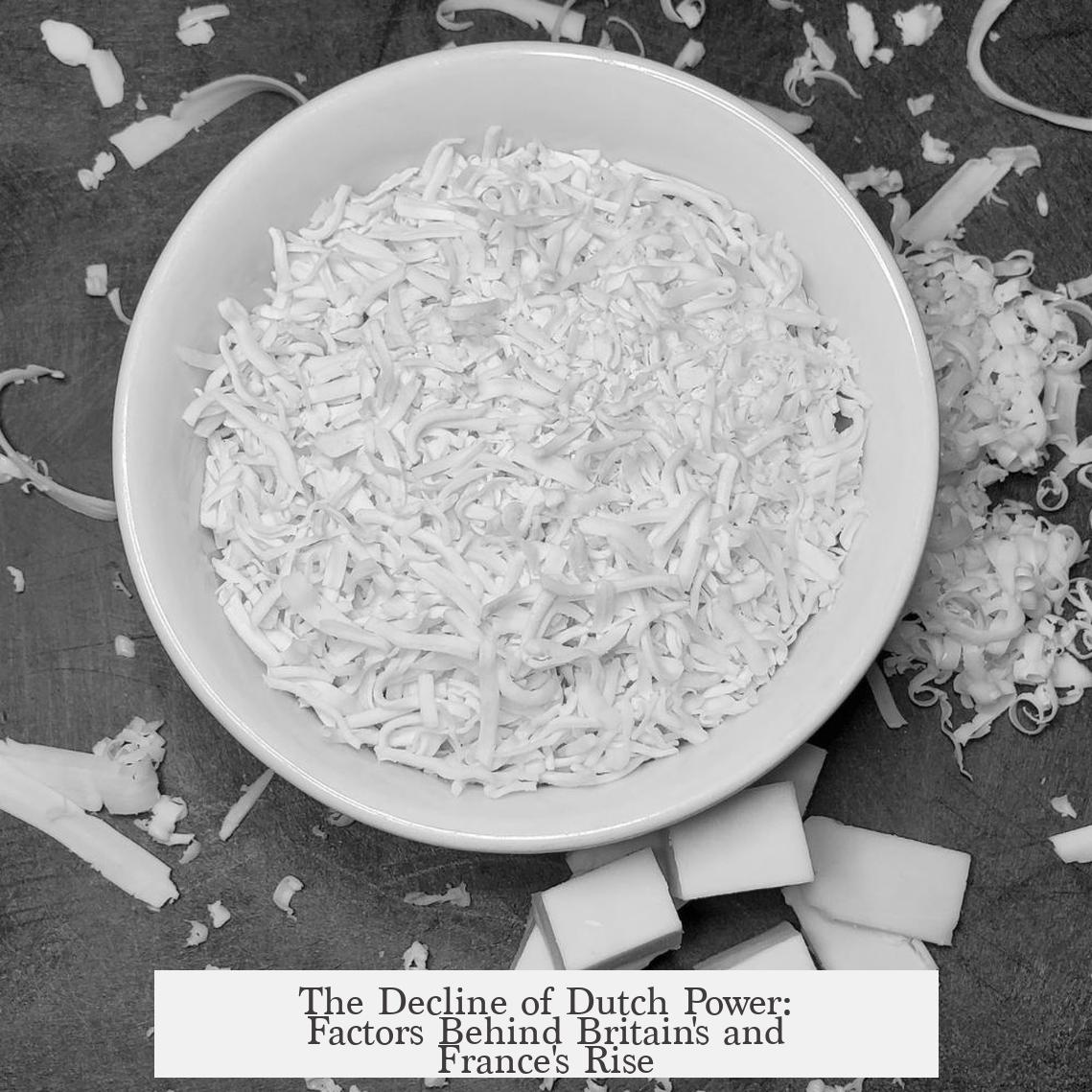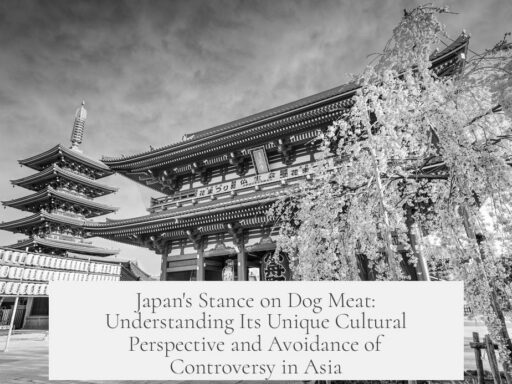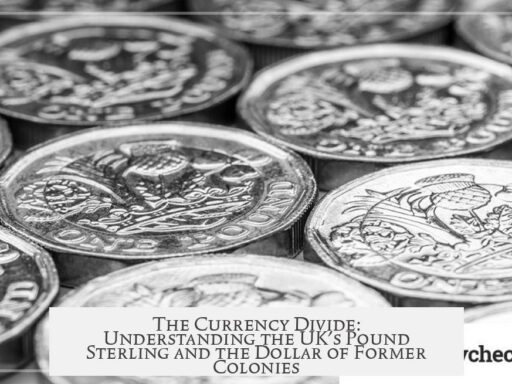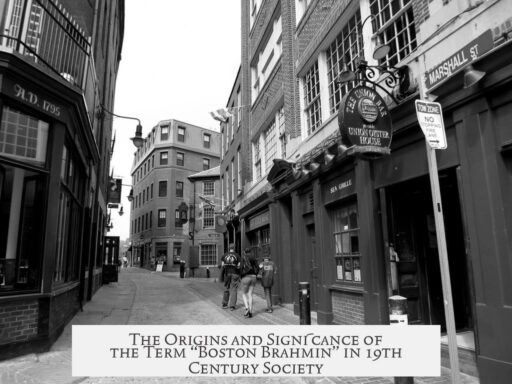The Dutch declined from being a major power mainly because other European countries surpassed them in economic growth, size, and resources rather than the Dutch experiencing a direct fall. Their relatively small size limited production, military power, and manpower, while countries like Britain and France expanded rapidly, industrialized beyond Dutch capacity, and leveraged greater natural resources.
The Netherlands reached its peak during the 17th-century Golden Age, excelling in trade, finance, and industry. However, its growth plateaued as it fully industrialized given its limited territorial and demographic scale. Meanwhile, larger neighbors simply outgrew the Dutch economically and militarily over the 18th century. The Dutch had high living standards but fewer people to work in factories. This factor contributed significantly to their relative lag in the industrial revolution compared to Britain and France.
The limited size of the Dutch Republic imposed strict constraints on its ability to expand production or maintain a large standing army. In contrast, France and Britain had access to broader land areas, larger populations, and richer natural resources such as coal, timber, and raw materials. The Dutch relied heavily on trade to import these resources, which exposed them to vulnerabilities that industrializing nations with abundant resources did not face.
Protectionist policies by other countries further hampered Dutch supremacy. England’s Act of Navigation (1651) exemplified mercantilist measures designed to restrict foreign trade, banning foreign ships from English ports and thus undermining Dutch commercial dominance. Though William of Orange, the Dutch Stadtholder, became the King of England in 1689, political agreements like the English Bill of Rights limited his ability to repeal protectionist trade laws benefiting England. This shift weakened Dutch trade advantages during a critical period.
Internal political problems weakened the Republic from within. Governance was controlled by regenten, wealthy families entrenched in an aristocratic-plutocratic system. Increasing corruption and factional power struggles between supporters of the Landsadvocaat and the Stadhouder fatigued political decision-making. This elite class prioritized protecting their own interests over those of the public or the state. Such governance inefficiencies slowed attempts to adapt to new economic and military challenges.
Military conflicts drained Dutch resources. The “rampjaar” or disaster year of 1672 marked a critical moment when a coalition of France, England, Sweden, Munster, and Cologne invaded the Dutch Republic. Though not conquered, the Republic suffered enormous strain defending itself. Louis XIV’s France fielded the largest army of the time, forcing the Dutch to increase military spending. This increased the tax burden on citizens and strained state finances. Furthermore, major peace treaties like the Peace of Utrecht (1713) often favored British interests, cementing their rising influence.
The diminishing returns from the spice trade also played a role. The Dutch East India Company (VOC) initially generated great wealth through the monopoly on spices from the East Indies. Over time, the global supply of spices increased, reducing their value and decreasing the relative share of wealth gained by the Dutch. Furthermore, losing control over key spice-producing islands further impacted revenues.
Additionally, the Netherlands had depleted many of its local natural resources early, such as peat for fuel. Natural gas reserves emerged too late to support early industrial growth, and unlike Britain and France, the Dutch lacked large deposits of coal or timber. This dependence on foreign resources continually hampered their ability to independently fuel industrial development.
Political stability elsewhere contributed indirectly. The Dutch thrived during periods when England, France, and the Holy Roman Empire were weakened by wars or internal conflicts. Wars like the English Civil War (1639-1651) and the Thirty Years’ War (1618-1648) devastated much of Central Europe but spared the Dutch significant damage. When these countries stabilized and grew stronger politically and economically from the late 17th century onward, they began surpassing the Dutch in influence and strength.
| Factor | Impact on Dutch Decline |
|---|---|
| Relative Size and Resources | Limited production and military scale; smaller population and natural resources compared to Britain and France |
| Protectionism by Others | Trade restrictions like English Navigation Acts diminished Dutch commercial dominance |
| Internal Political Corruption | Elite governance led to inefficiency and slowed reforms |
| Costly Wars | Strain on finances and military; increased tax and loss of trade privileges |
| Declining Spice Trade | Decreased revenues from loss of monopoly and over-supply in global markets |
| Resource Limitations | Dependence on imports hindered industrialization |
| European Political Stabilization | Recovery of France and England led to their growth beyond Dutch influence |
- The Dutch ‘decline’ was more about other powers surpassing them due to larger size and resource bases.
- Protectionist policies abroad curbed Dutch trade advantages.
- Internal political corruption decreased Dutch capacity to respond effectively.
- Continuous wars drained resources and shifted power balances.
- The spice trade’s diminishing profitability reduced Dutch wealth.
- Natural resource scarcity limited industrial expansion.
- Political recovery and growth of neighboring states overshadowed Dutch influence.
Why did the Netherlands struggle to keep up economically with Britain and France?
The Netherlands is a small country with limited resources and manpower. While it industrialized fully during its Golden Age, larger countries like Britain and France had more resources to fuel greater economic growth and military power, eventually surpassing the Dutch.
How did other countries’ trade policies affect Dutch dominance?
Mercantilist policies like England’s Act of Navigation restricted Dutch trade. These protectionist laws blocked foreign ships from English ports, limiting Dutch commercial access and growth. Such policies weakened Dutch control over global trade routes.
What internal political factors contributed to the Dutch decline?
Corruption and power struggles weakened the Dutch political system. Wealthy ruling families prioritized their interests over national welfare, creating an aristocratic class resistant to change and slowing effective governance.
How did wars impact the Netherlands’ status as a major power?
The Netherlands fought costly wars against France and allies, such as in 1672’s “disaster year.” Maintaining an army to counter Louis XIV’s forces raised taxes and drained resources. Reliance on England for military support often led to unfavorable peace terms.
What role did the decline of the spice trade play in the Dutch losing power?
The Dutch made fortunes from East Indies spice trade, but as supply increased, prices and profits fell. Losing control of spice-producing islands reduced income, decreasing the Netherlands’ share of global wealth and undermining their economic strength.
